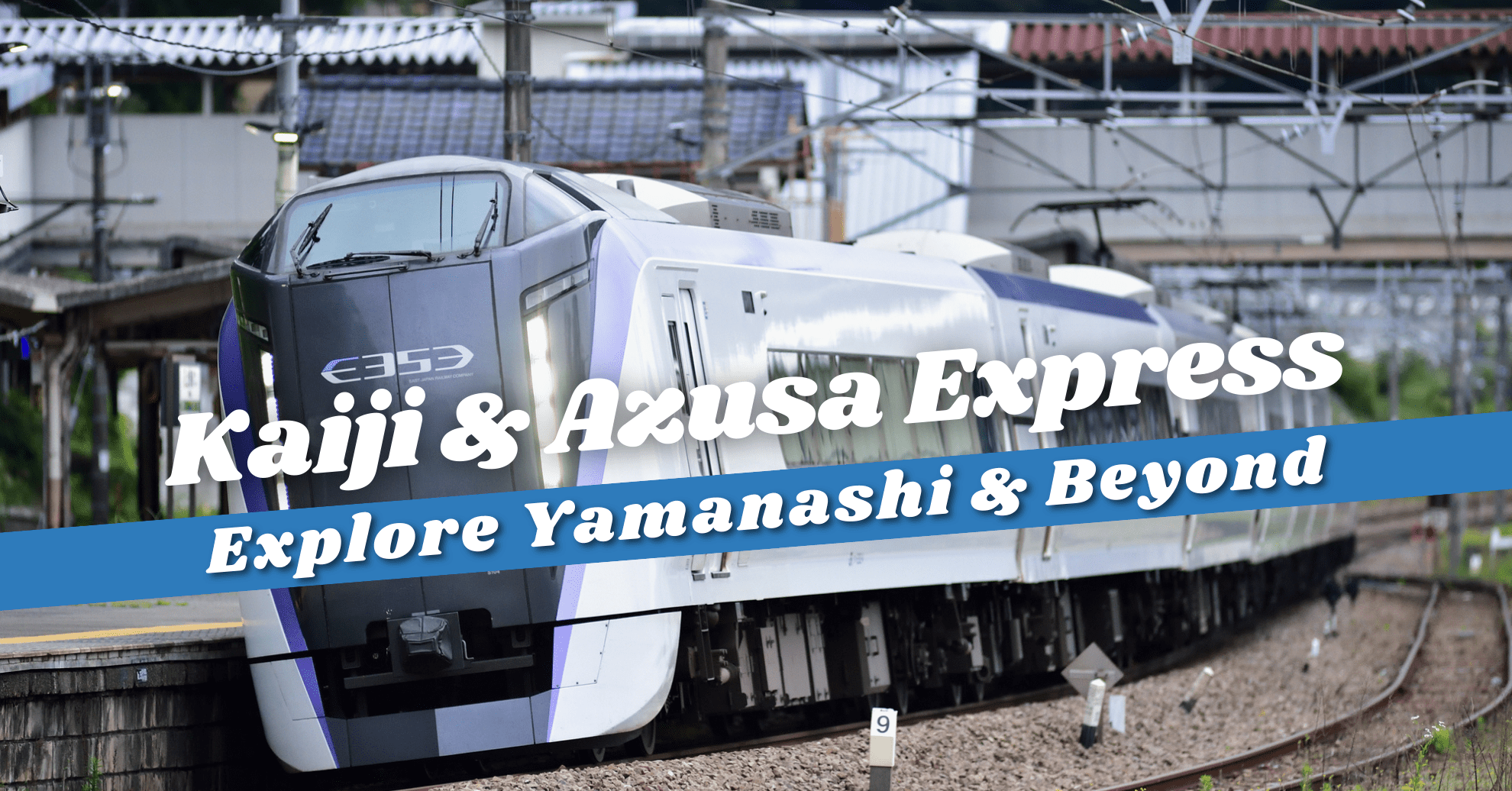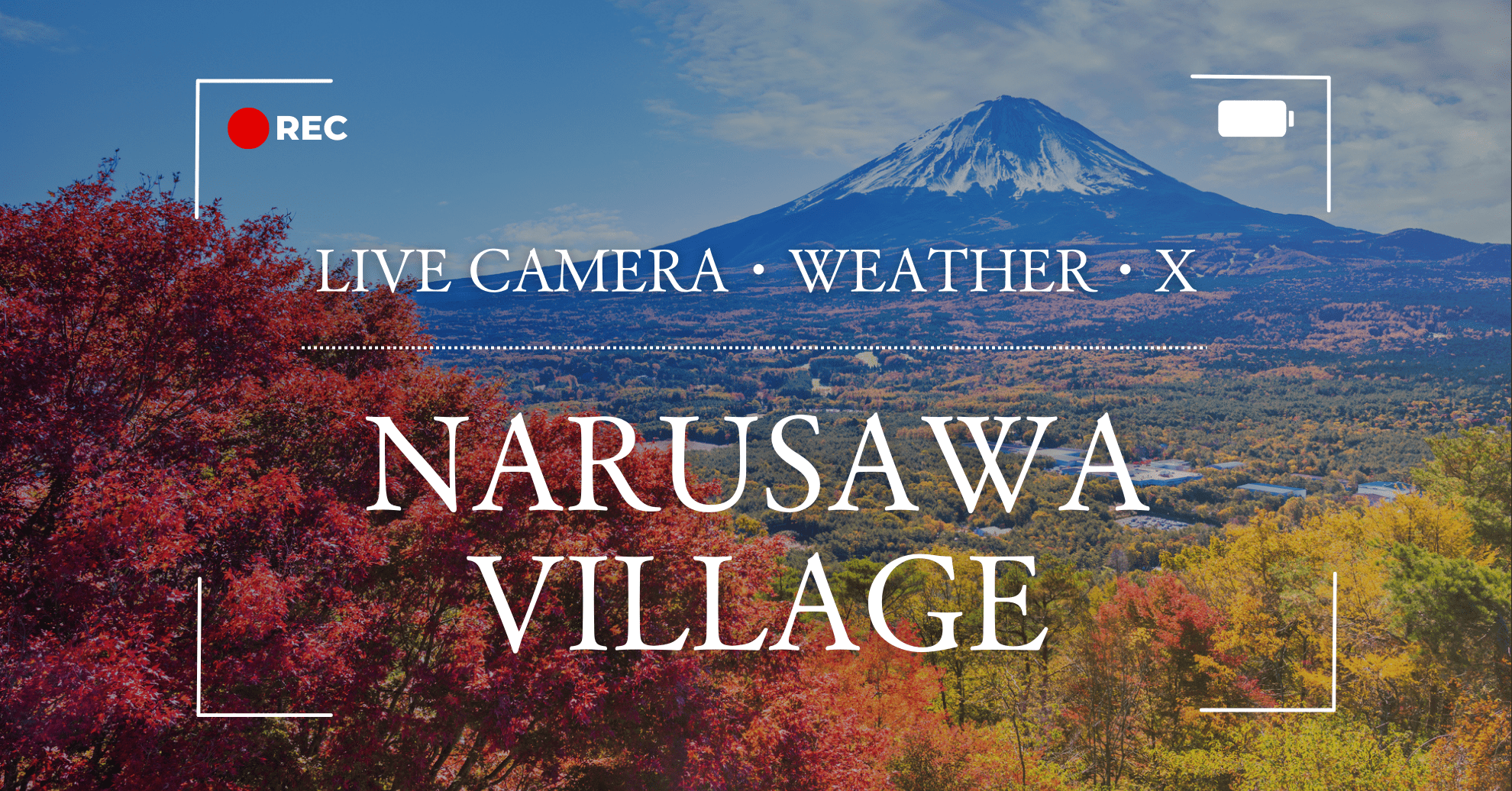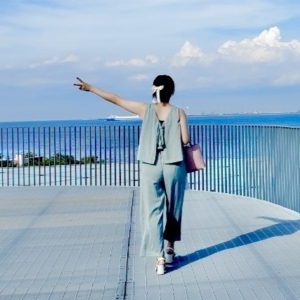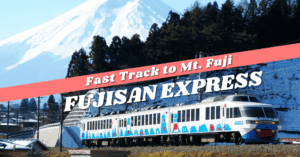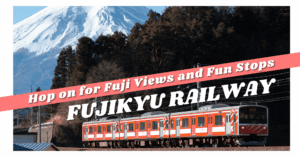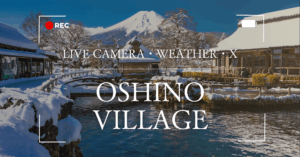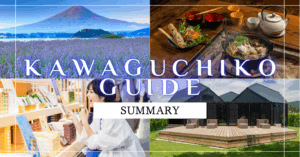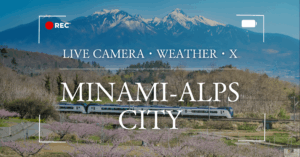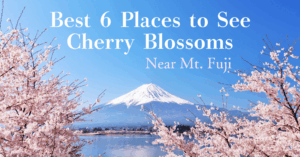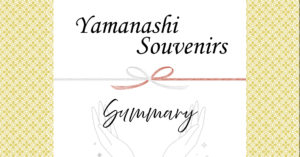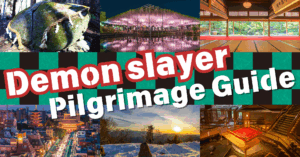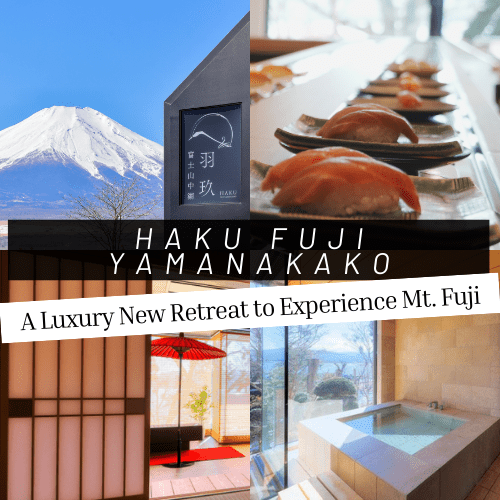In recent years, Yamanashi Prefecture has been rapidly growing in popularity among both domestic and international travelers. The main reason, of course, is the presence of Mt. Fuji, a UNESCO World Cultural Heritage site.
On clear days, Mt. Fuji can be seen from Tokyo—but many visitors want to experience the mountain up close in Yamanashi, where its presence is truly breathtaking.
That raises the key question: “How do I get to Yamanashi?” For first-time visitors, it can be confusing to know which train to take.
This is where the Kaiji and Azusa limited express trains come in—two of the most convenient ways to reach Yamanashi and Nagano from Tokyo.
In this guide, we’ll cover everything you need to know, from how to ride, fares, and station stops to unique features of each train. With this information, even first-time travelers can enjoy a stress-free trip.
What is the “Kaiji” “Azusa” ?
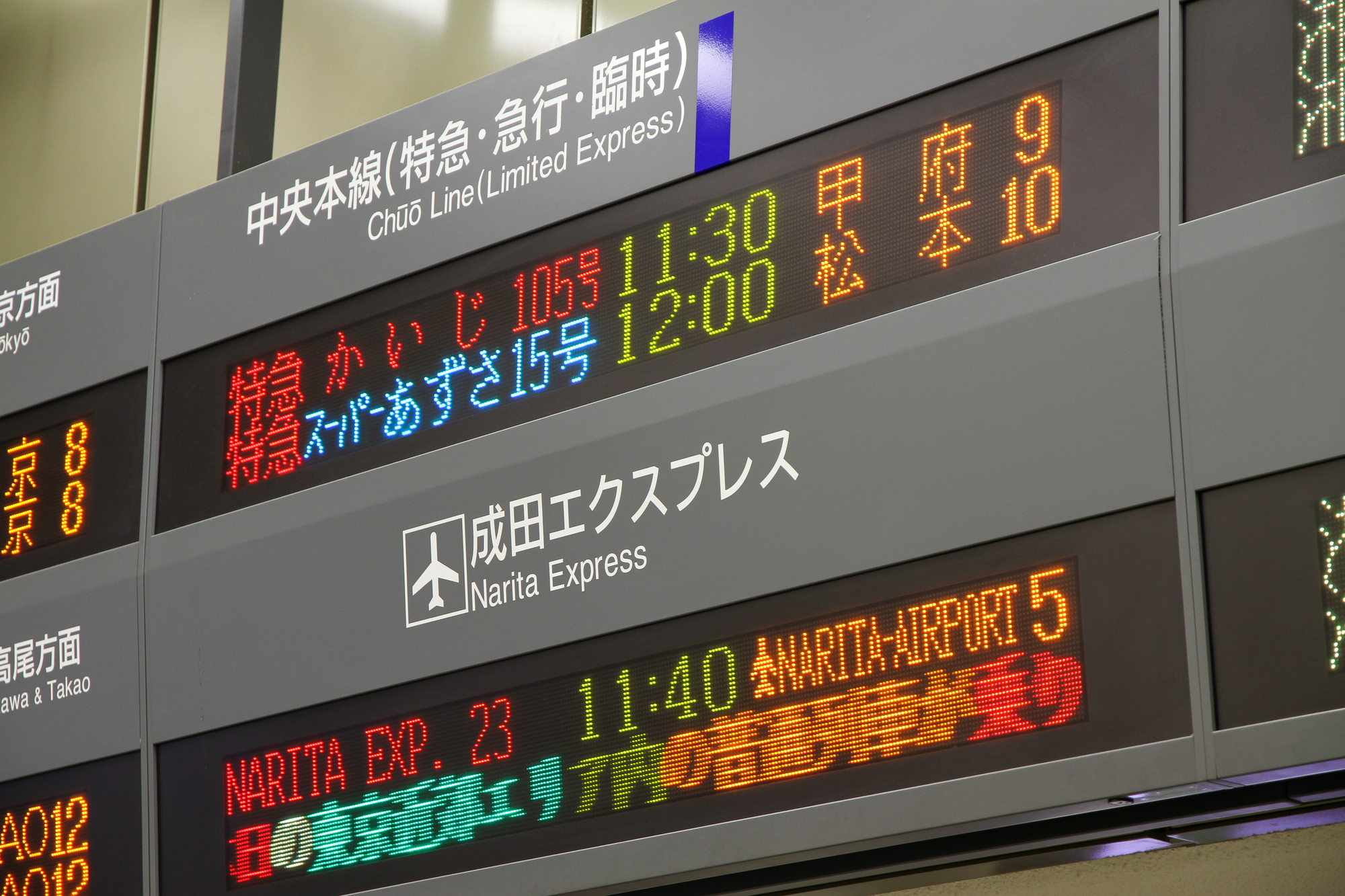
For traveling to Yamanashi and Nagano, the JR Limited Express trains Kaiji and Azusa are the most convenient options.
- The main difference is their destinations:
- Kaiji runs from Shinjuku Sta. to Kofu Sta. (Yamanashi).
- Azusa runs from Shinjuku Sta. to Matsumoto Sta. (Nagano).
- Cars 1–3 are reserved for the Fuji Excursion. If you are riding the Kaiji or Azusa, be sure to board from Car 4 onward.
- Part of Car 8 is a Green Car (first-class), recommended for those who want a more relaxing and comfortable ride.
- All cars are equipped with free Wi-Fi (JR-EAST FREE Wi-Fi), making it easy to stay connected or look up travel information during your journey.
Important: If your destination is Fuji-Q Highland Sta. or Lake Kawaguchiko Sta., you must transfer at Otsuki Sta. to either the Fuji Excursion or a local train.
Learn more about the Fuji Excursion here!
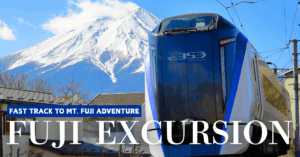
Stations Served
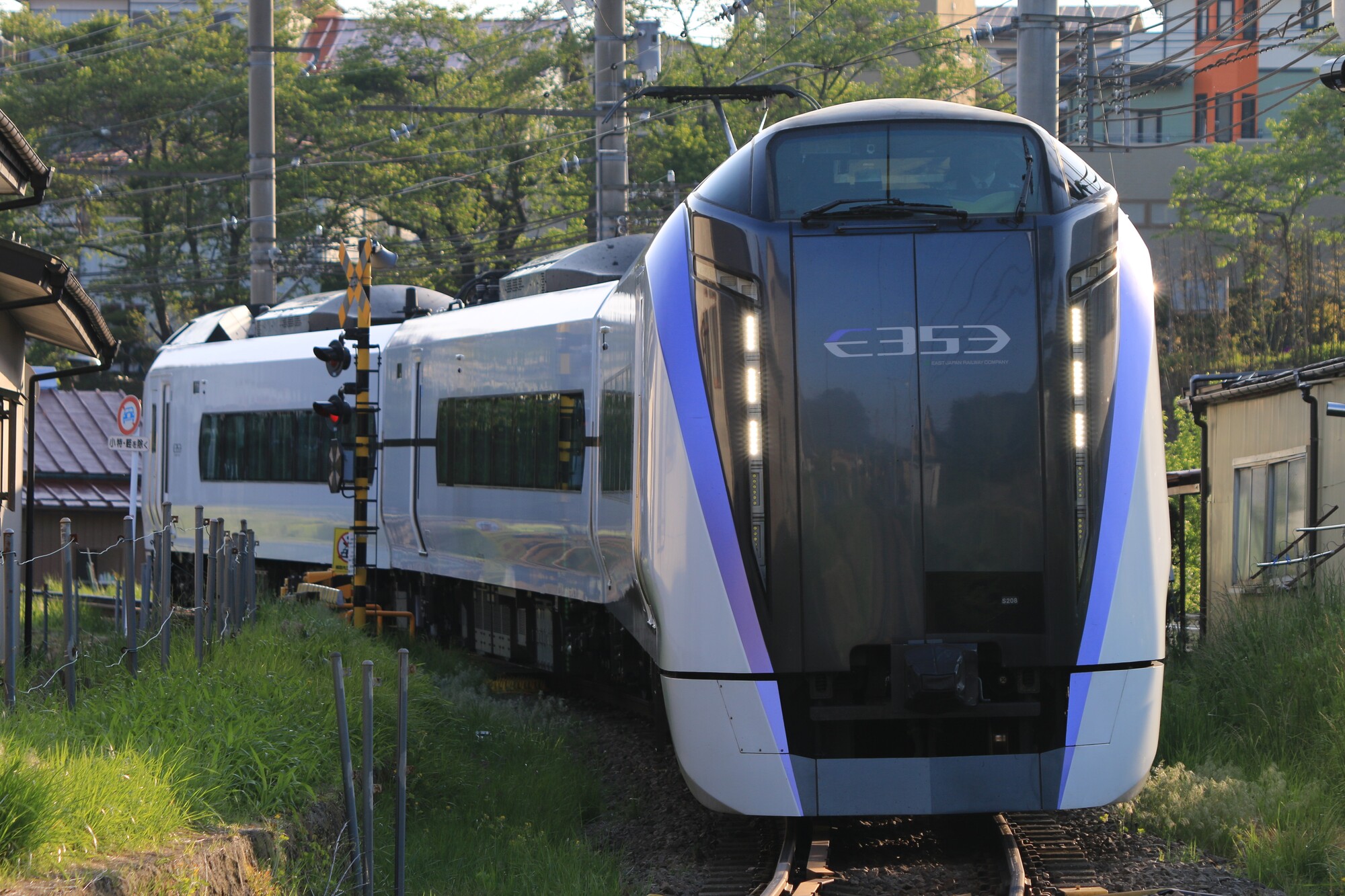
The Kaiji and Azusa limited express trains stop at the following stations (subject to change depending on operations):
| Station | Kaiji | Azusa |
|---|---|---|
| Chiba | ● | |
| Funabashi | ● | |
| Kinshicho | ● | |
| Tokyo | ○ | ○ |
| Shinjuku | ○ | ○ |
| Tachikawa | ○ | ○ |
| Hachioji | ○ | ○ |
| Otsuki | ● | ● |
| Katsunuma-Budokyo | ● | |
| Enzan | ○ | ● |
| Yamanashi-shi | ○ | ● |
| Isawa-Onsen | ○ | ● |
| Kofu | ○ | ○ |
| Ryuo | ○ | |
| Nirasaki | ● | |
| Kobuchizawa | ● | |
| Fujimi | ● | |
| Chino | ○ | |
| Kamisuwa | ○ | |
| Shimosuwa | ● | |
| Okaya | ● | |
| Shiojiri | ● | |
| Matsumoto | ○ | |
| Toyoshina | ○ | |
| Hotaka | ○ | |
| Shinano-Omachi | ○ | |
| Hakuba | ○ | |
| Minami-Otari | ○ |
The Origin of the Name “Kaiji”
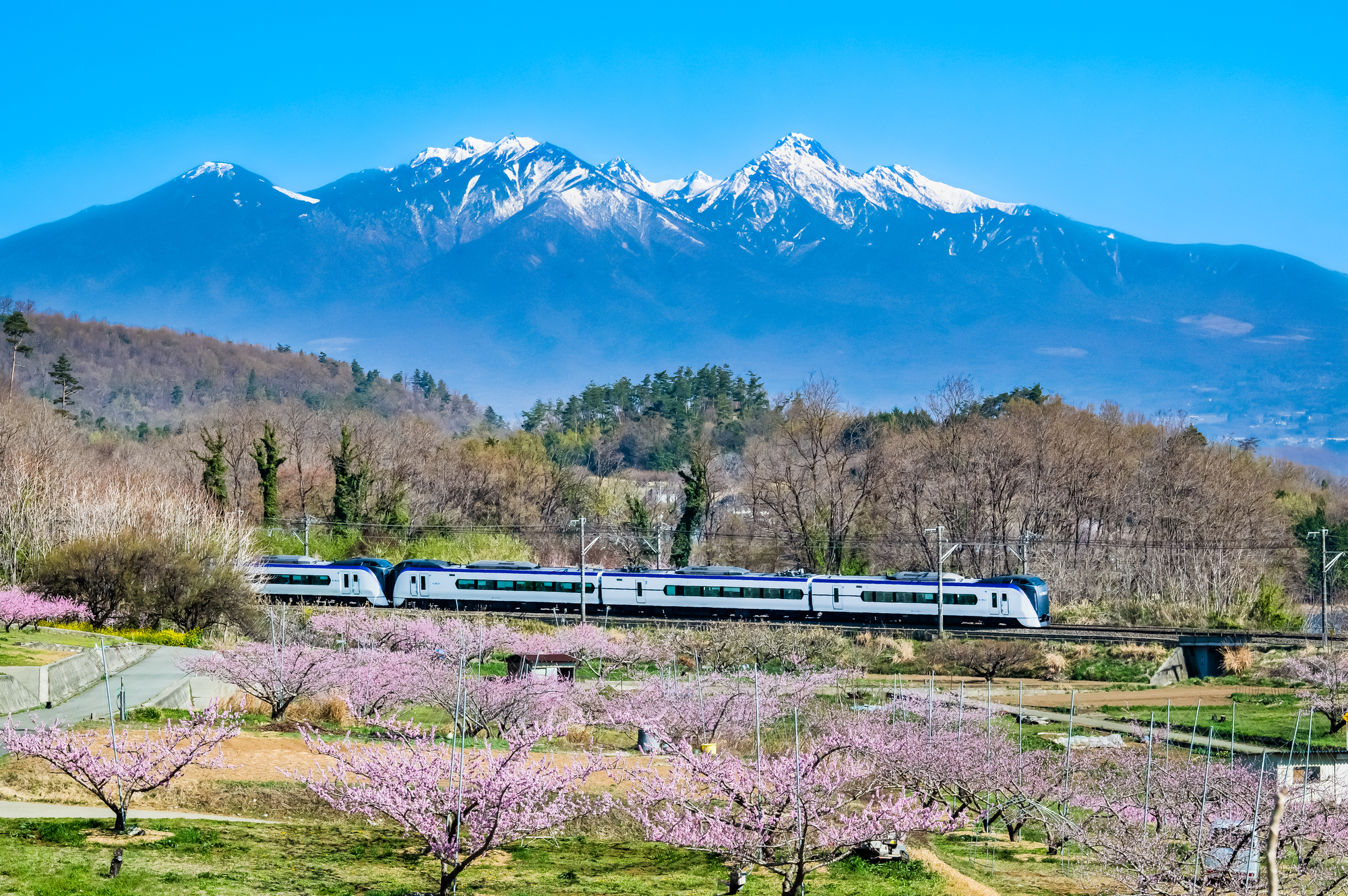
The limited express Kaiji derives its name from Kai Province (Kai no Kuni), the former name of today’s Yamanashi Prefecture. Since the train line connects to this region, it was named Kaiji.
TOPIC – From “Kai Province” to “Yamanashi Prefecture”
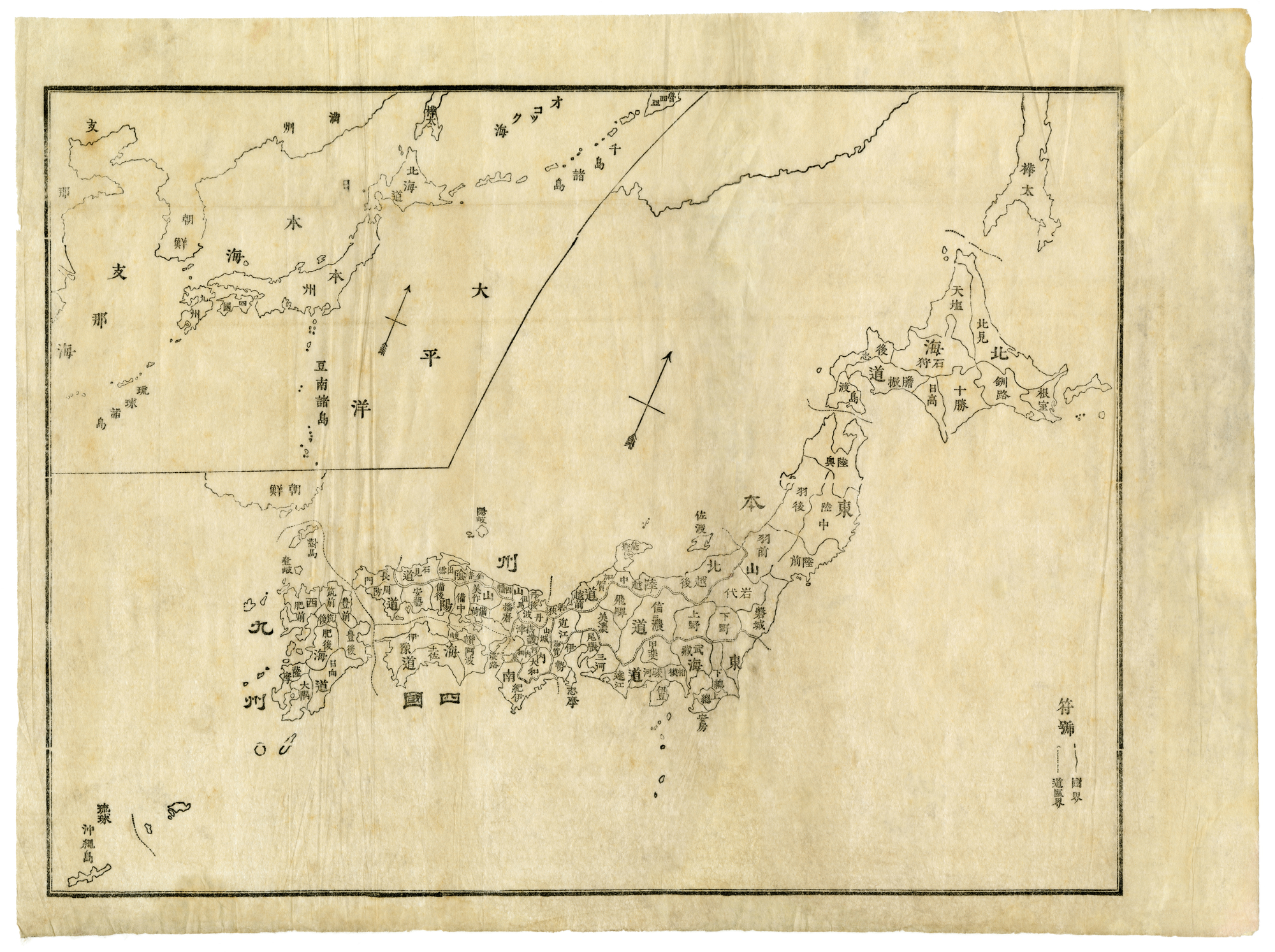
Do you know when the name Yamanashi Prefecture was first established?
It dates back to 1871, during the Abolition of the Han System, a major political reform in Japan that replaced feudal domains with the current prefecture system.
Before that, the region was widely known as Kai Province, a name still familiar in Japanese history.
TOPIC – “The Tiger of Kai”
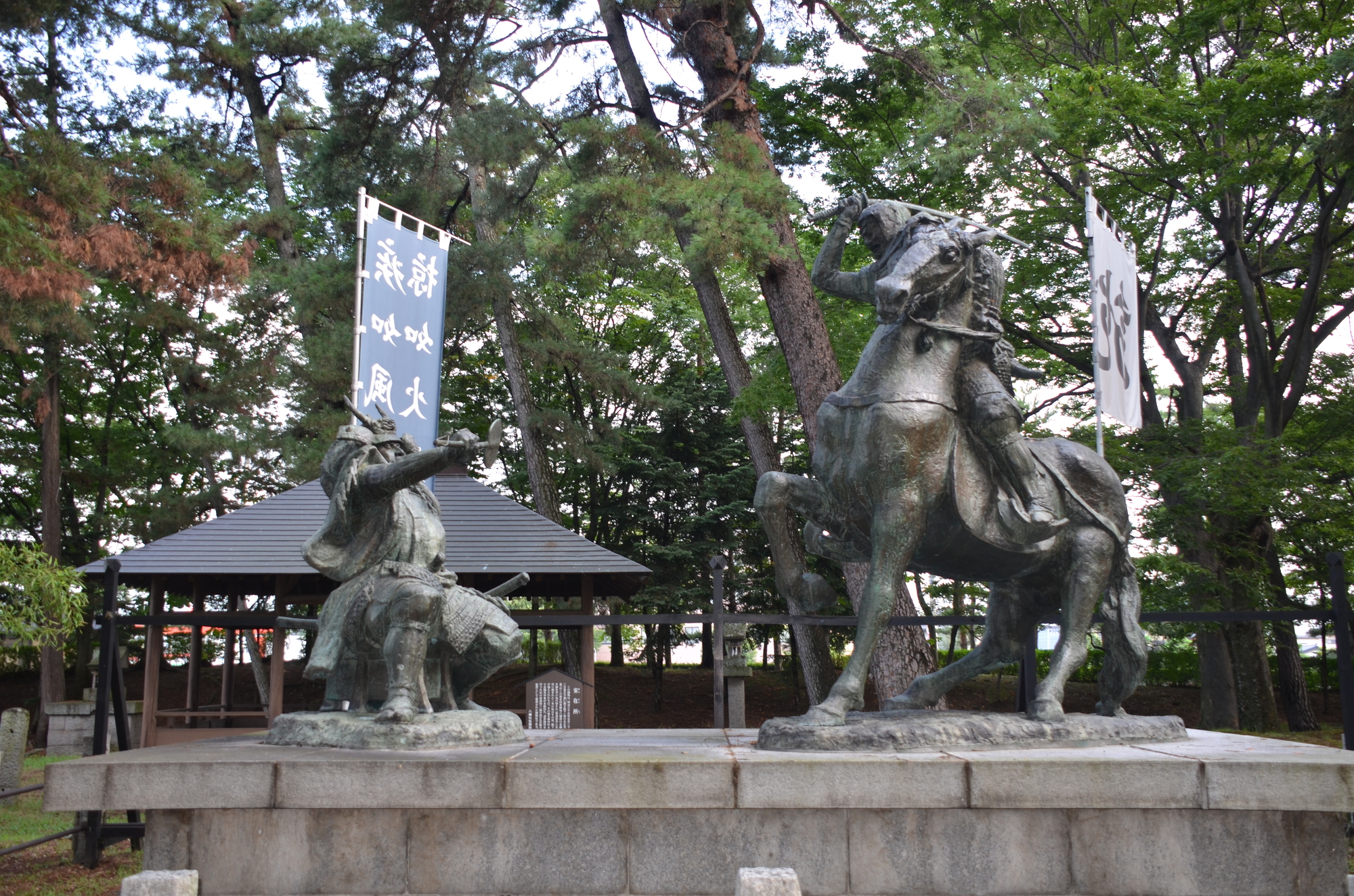
During the Warring States period, the powerful warlord Takeda Shingen was active in Kai Province. Because of this, he earned the nickname “The Tiger of Kai.”
His famous rival, Uesugi Kenshin, was known as the “Dragon of Echigo” (modern-day Niigata).
The combination of Tiger and Dragon has deep roots in ancient Chinese philosophy, originating from a line in the Confucian classic I Ching (8th century BC):
“When the dragon roars, clouds rise; when the tiger growls, the wind blows.”
This imagery of fierce rivals locked in combat became a popular theme in art and literature, expressed in the idiom “Ryuko Sohaku” (When dragon and tiger clash, great warriors battle fiercely).
The rivalry between Takeda Shingen and Uesugi Kenshin perfectly embodied this legendary symbolism.
The Origin of the Name “Azusa”
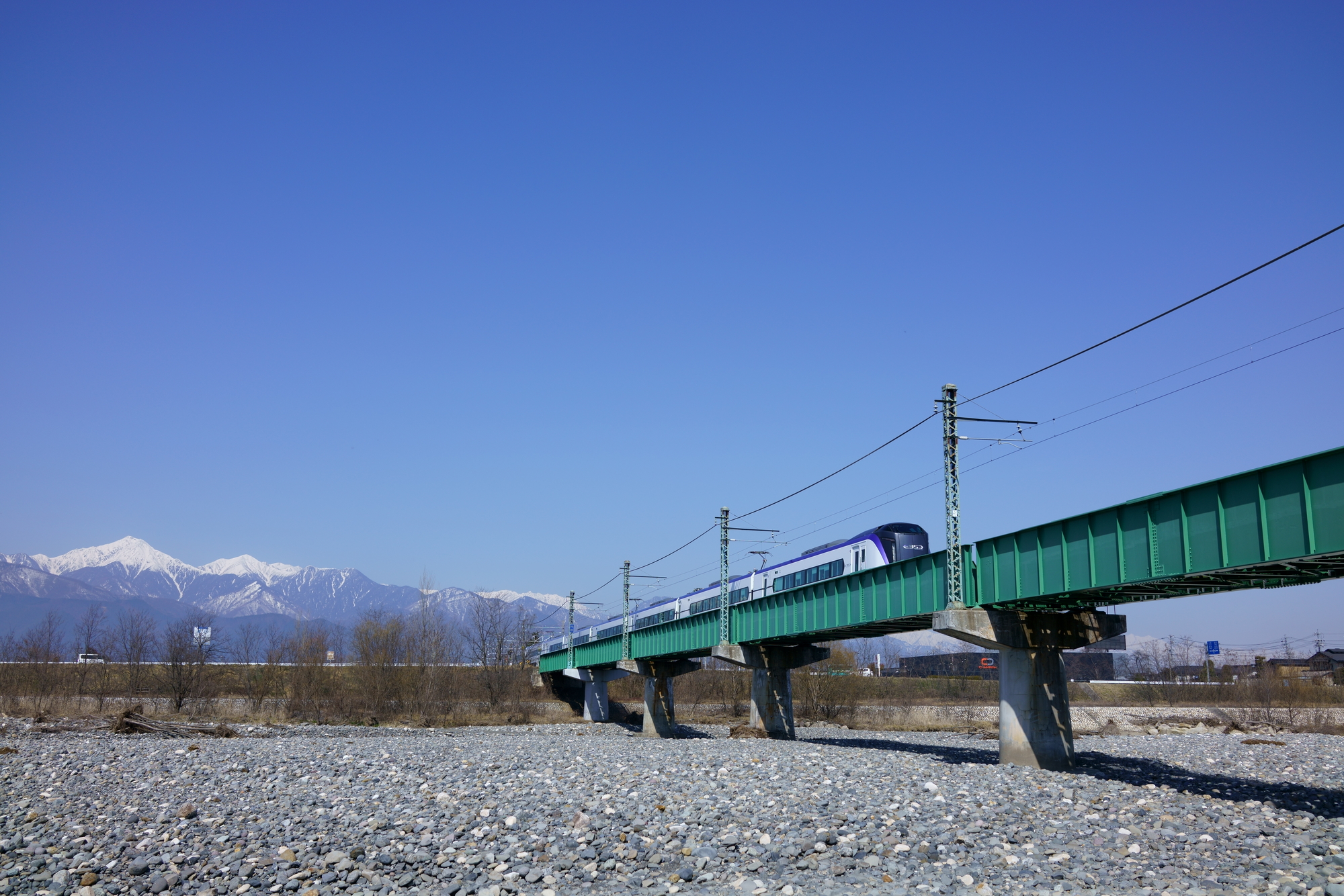
The limited express Azusa takes its name from the Azusa River (Azusagawa), which flows through Matsumoto City in Nagano Prefecture, the train’s final destination.
The Azusa River originates from Mt. Yari (Yarigatake) in the Japanese Alps.
TOPIC – Mt. Yari (Yarigatake)
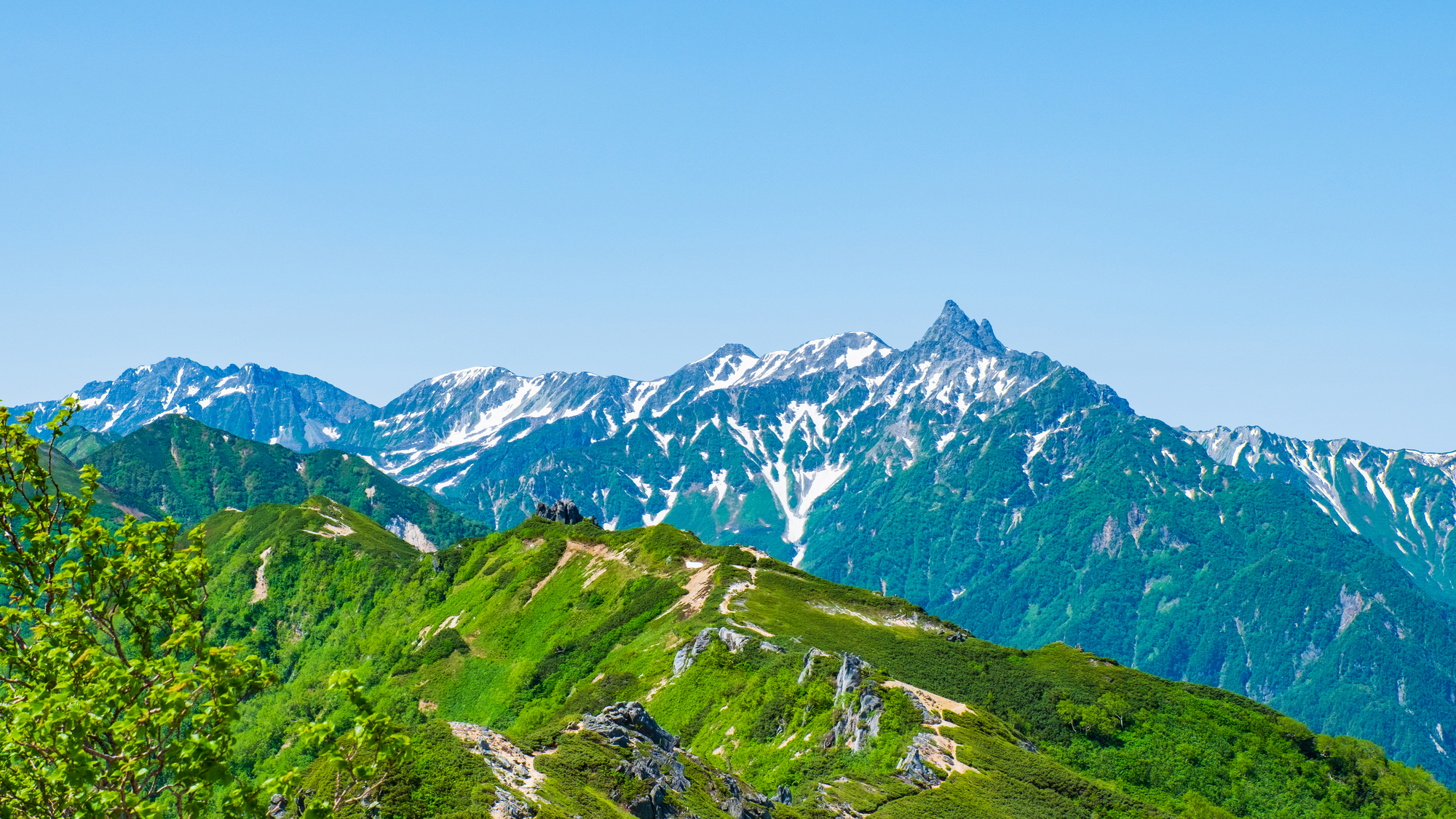
Mt. Yari, with its dramatic spear-like peak, is often called the “Matterhorn of Japan.”
While Mt. Fuji is Japan’s tallest mountain at 3,776 m, Mt. Yari ranks as the 5th highest at 3,180 m. Climbing Mt. Yari is considered more challenging than climbing Mt. Fuji because of its steep, rugged terrain.
- Mt. Fuji: Typically a 1–2 night climb.
- Mt. Yari: Usually requires 2–3 nights or more to safely reach the summit.
The reward, however, is spectacular: from the summit of Mt. Yari, climbers can enjoy panoramic views stretching all the way to Mt. Fuji on clear days.
Seat Types & How to Ride
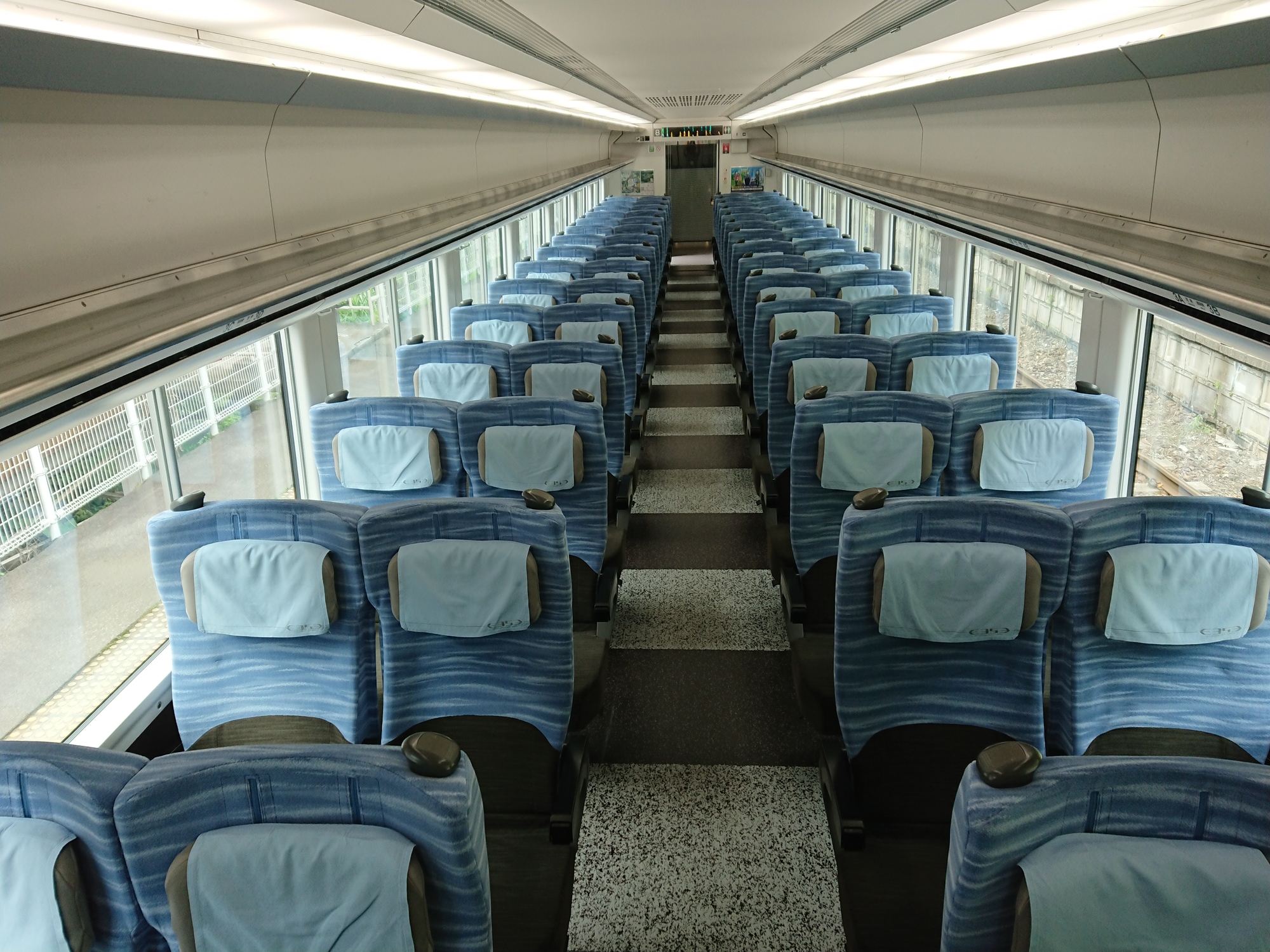
When riding the Kaiji or Azusa, there are two types of tickets available:
- Reserved Seat Limited Express Ticket
- Non-Reserved Seat Ticket
Since both are the same price, we strongly recommend choosing the Reserved Seat Limited Express Ticket for peace of mind.
Reserved Seat Limited Express Ticket
This is a standard reserved seat ticket. Your seat is secured from your departure station to your arrival station, ensuring a stress-free ride.
Non-Reserved Seat Ticket
This ticket specifies only the travel date and section, but not the seat or train.
- If a seat is free, you may sit.
- If the train is full, you may have to stand.
- If someone with a Reserved Seat Ticket arrives, you must give up the seat.
How to Read Seat Lights
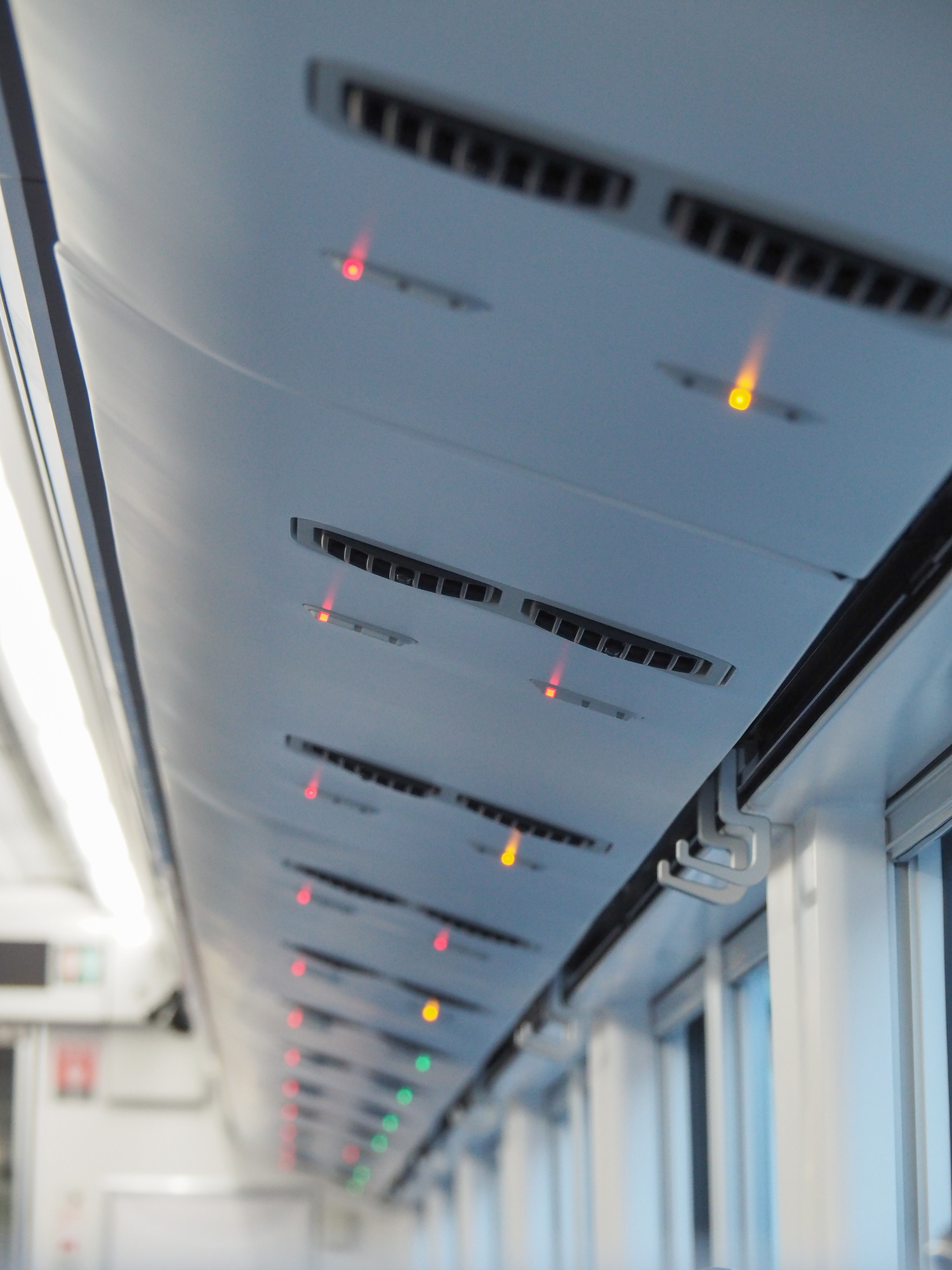
If you hold a Non-Reserved Seat Ticket, always check the lamp above the seat:
Fares
Below are sample fares from major stations.
| Chiba ~ Otsuki (※Azusa only) | Adult:¥3,890(Ticket)/ ¥3,890(IC) Child:¥1,945(Ticket)/ ¥1,940(IC) |
|---|---|
| Tokyo ~ Otsuki | Adult:¥1,520(Ticket)/ ¥1,518(IC) Child:¥760(Ticket) / ¥759(IC) |
| Shinjuku ~ Kofu | Adult:¥3,890(Ticket)/ ¥3,890(IC) Child:¥1,940(Ticket)/ ¥1,945(IC) |
| Shinjuku ~ Matsumoto (※Azusa only) | Adult:¥6,620(Ticket)/ ¥6,620(IC) Child:¥3,300(Ticket)/ ¥3,305(IC) |
Timetable
The Kaiji and Azusa trains run about once every hour, so you can choose a departure that best fits your schedule.
You can also check the full timetable via the official search system.
Here are sample departure times and travel durations from major stations:
Outbound (Shinjuku Sta. ~ Otsuki Sta. / Kofu Sta.)
| Station | No. 7 | No. 77 |
|---|---|---|
| Shinjuku | 08:30 | 08:05 |
| Tachikawa | 08:57 | 08:29 |
| Hachioji | 09:07 | 08:37 |
| Otsuki | 09:38 | 09:07 |
| Katsunuma-Budokyo | 09:55 | – |
| Enzan | 09:59 | – |
| Yamanashi-shi | 10:04 | – |
| Isawa-Onsen | 10:08 | – |
| Kofu | 10:14 | – |
Inbound (Kofu Sta. / Otsuki Sta. ~ Shinjuku Sta.)
| Station | No. 40 | No. 44 |
|---|---|---|
| Kofu | 16:11 | – |
| Isawa-Onsen | 16:17 | – |
| Yamanashi-shi | 16:21 | – |
| Enzan | 16:26 | – |
| Katsunuma-Budokyo | 16:30 | – |
| Otsuki | 16:47 | 17:45 |
| Hachioji | 17:17 | 18:20 |
| Tachikawa | 17:26 | 18:29 |
| Shinjuku | 17:52 | 18:45 |
How to Purchase Tickets
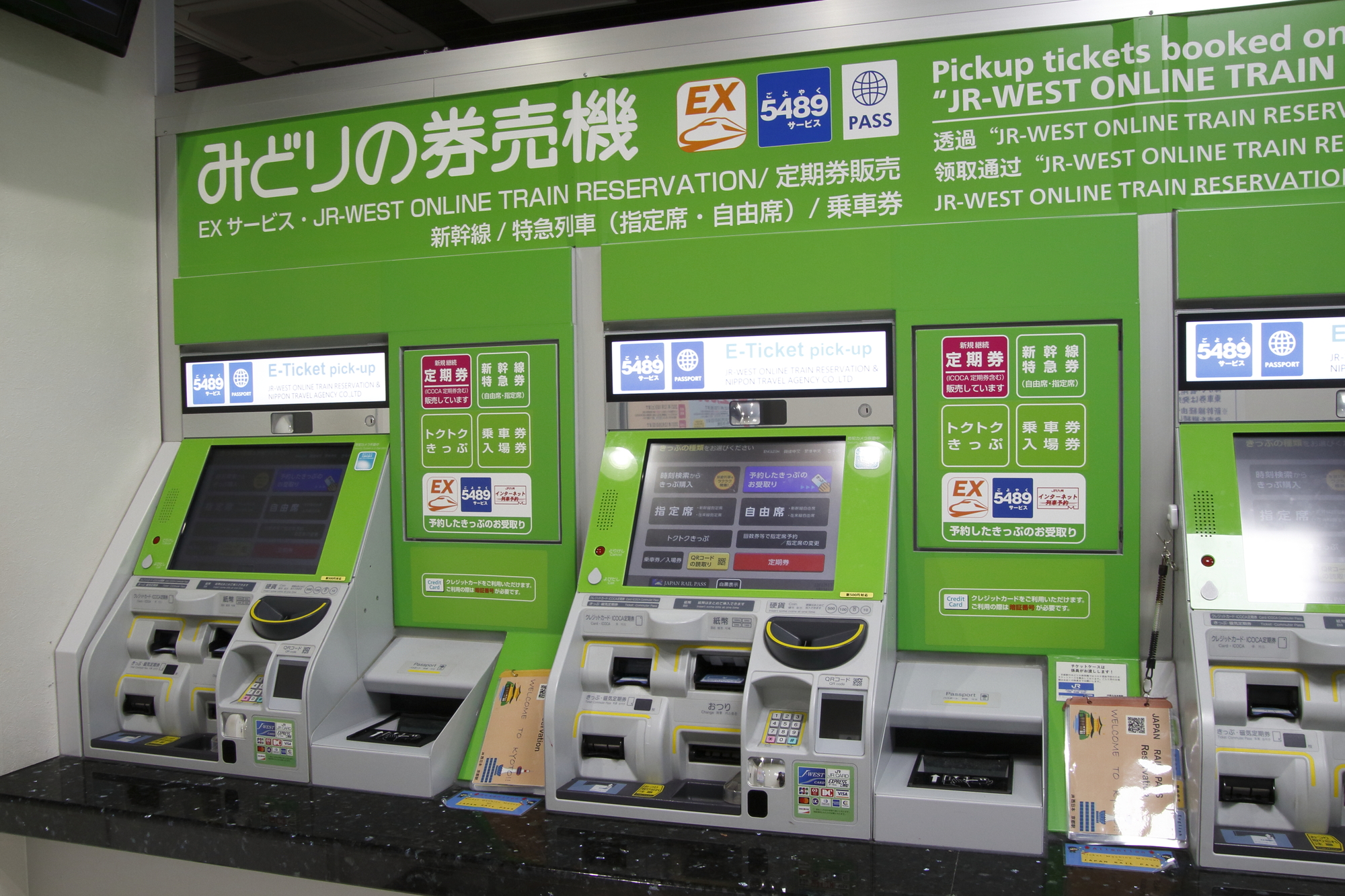
Tickets for the Kaiji and Azusa limited express trains can be purchased in three ways:
- Online via “Ekinet” (recommended)
- Staffed ticket offices (Midori no Madoguchi)
- Ticket machines (look for the purple Reserved Seat Ticket Machines)
While tickets can be bought at the station, both staffed counters and machines are often crowded. For a smoother experience, we strongly recommend making an advance reservation through Ekinet.
How to Book Tickets on Ekinet
Select your departure station, arrival station, date, and number of passengers.

Tickets labeled “Kaiji” or “Azusa” will appear.
- If fully booked, a “×” will be displayed.
- Select “Next Train” to view later departures.

Select “From Reserved Seats” and then choose either:
- No Discount → Ticket must be issued at a machine or counter.
- Ticketless Discount → If asked onboard, you must log in to your Ekinet account and show your purchase history as proof.
Tip: Car 9 offers Green Car seating, a higher-grade class recommended for travelers who want a more elegant and comfortable journey.
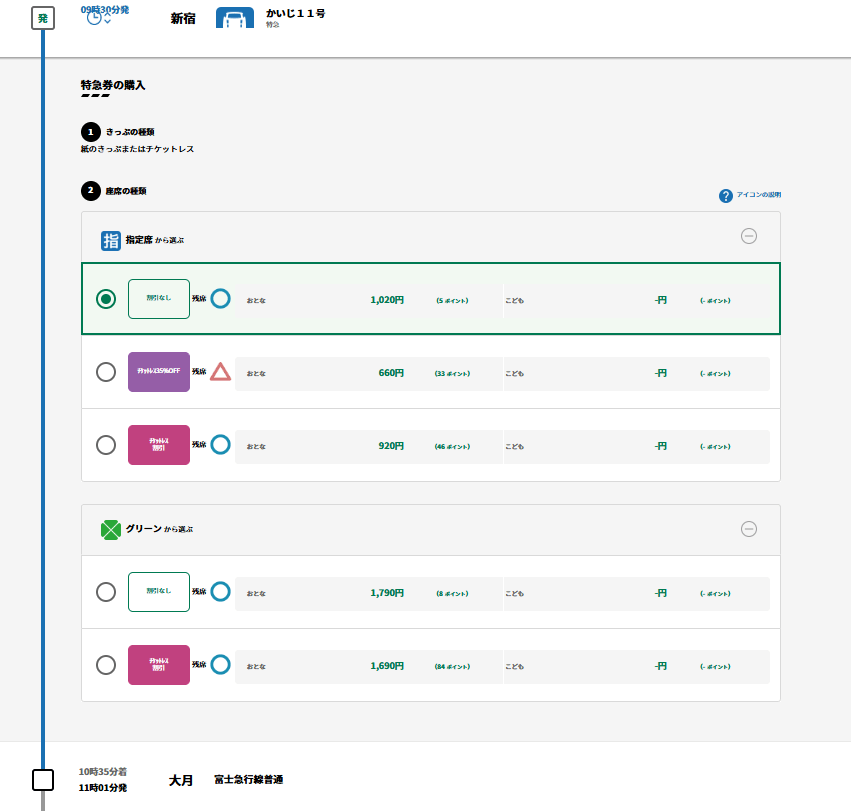
In addition to the reserved seat, you must also have a base fare ticket:
- Apply for Train Ticket (Paper) → Ticket must be issued at a machine or counter.
- Do Not Apply for Train Ticket → You can use your own IC card (such as Suica or PASMO).
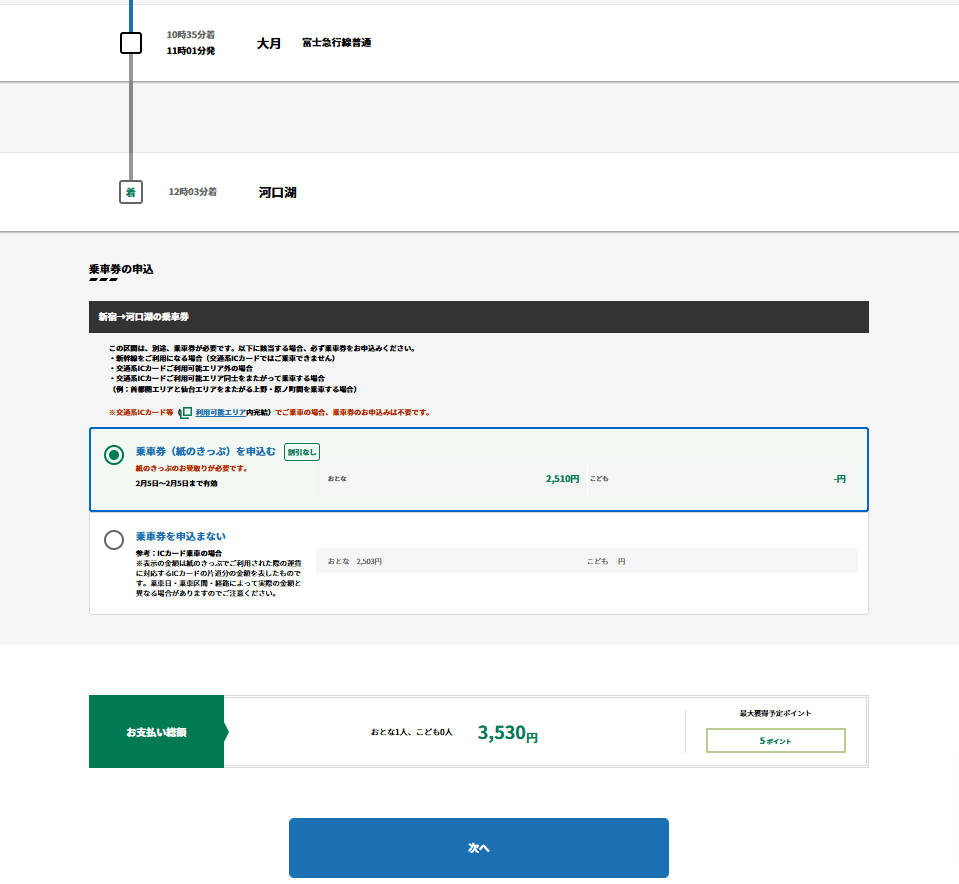
Choose your preferred seat from the seat map.
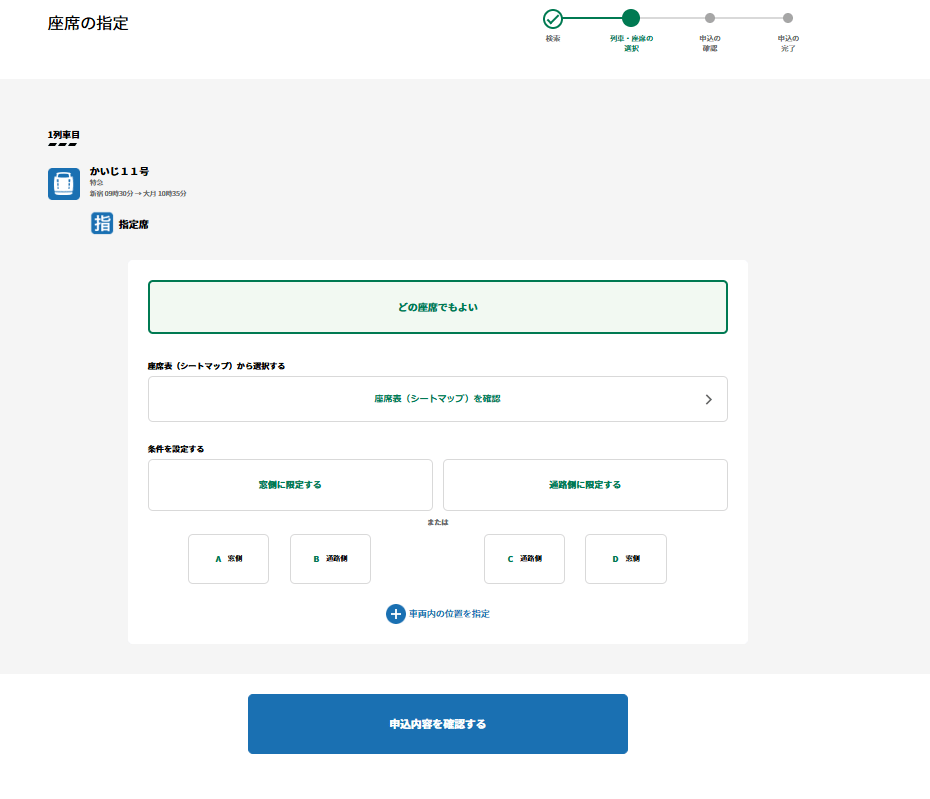
Review your booking details. The displayed fare will include the Limited Express Ticket + Reserved Seat Ticket.
- The base fare is either paid via paper ticket or with your IC card.
And, select a payment method:
- Credit card
- Convenience store
- Financial institution
- JR station payment
Once confirmed, your booking is complete.
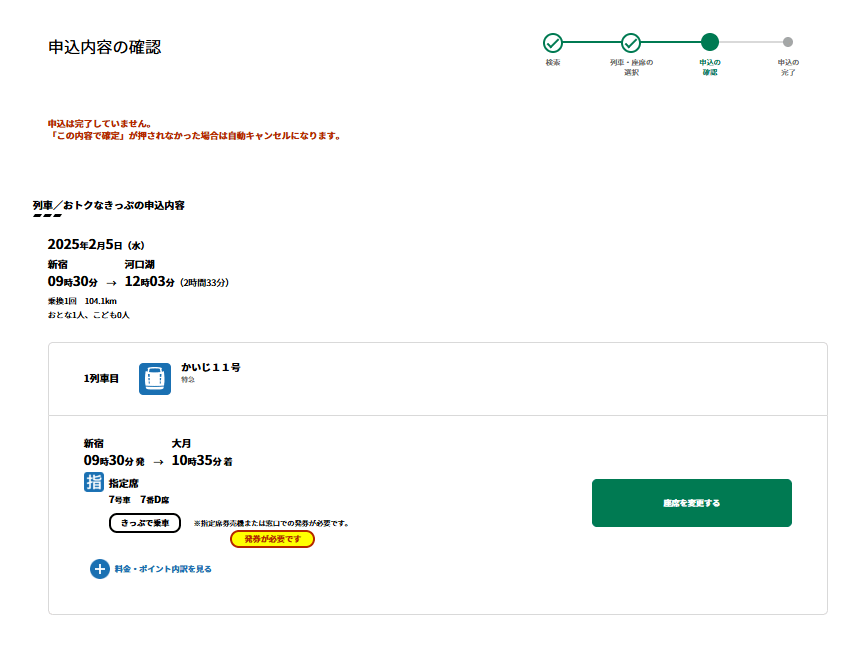
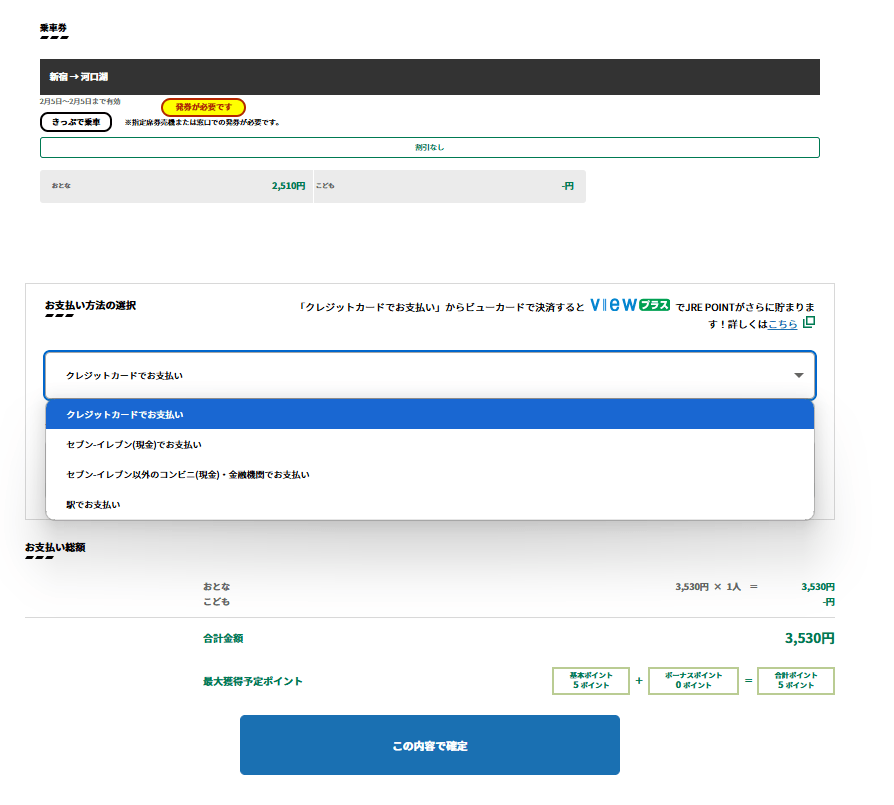
Reserve here !
Onboard Sales
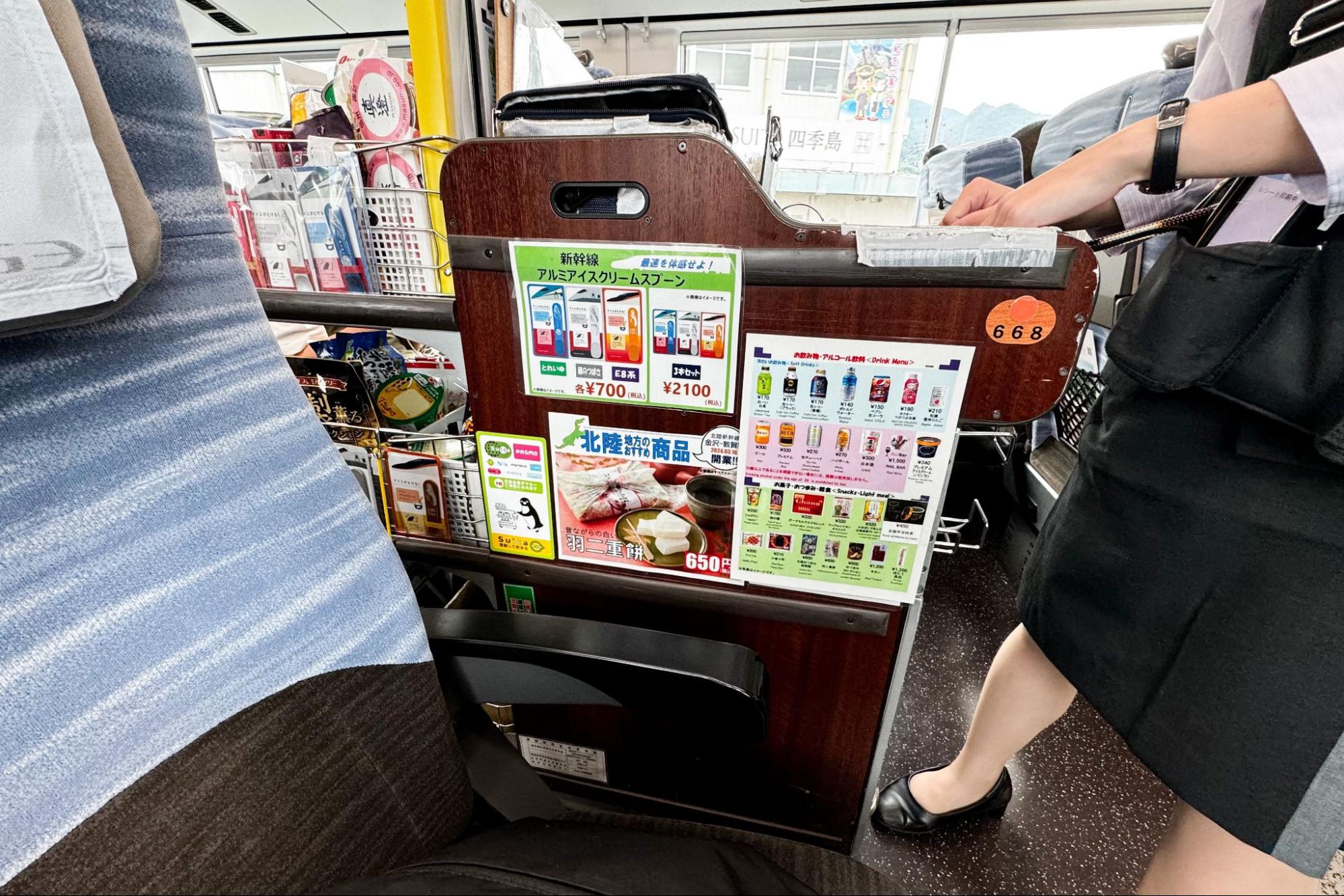
On the Kaiji, onboard sales are not available.
However, on the Azusa, some cars do offer trolley service, where you can purchase a selection of snacks and drinks. Among the highlights are:
- The famous “Shinkansen Super Hard Ice Cream” (Shinkansen Sugoi Katai Ice)
- Miso Cheese Okaki, a rice cracker snack available only in Nagano (Shinshu)
What is the “Shinkansen Super Hard Ice Cream”?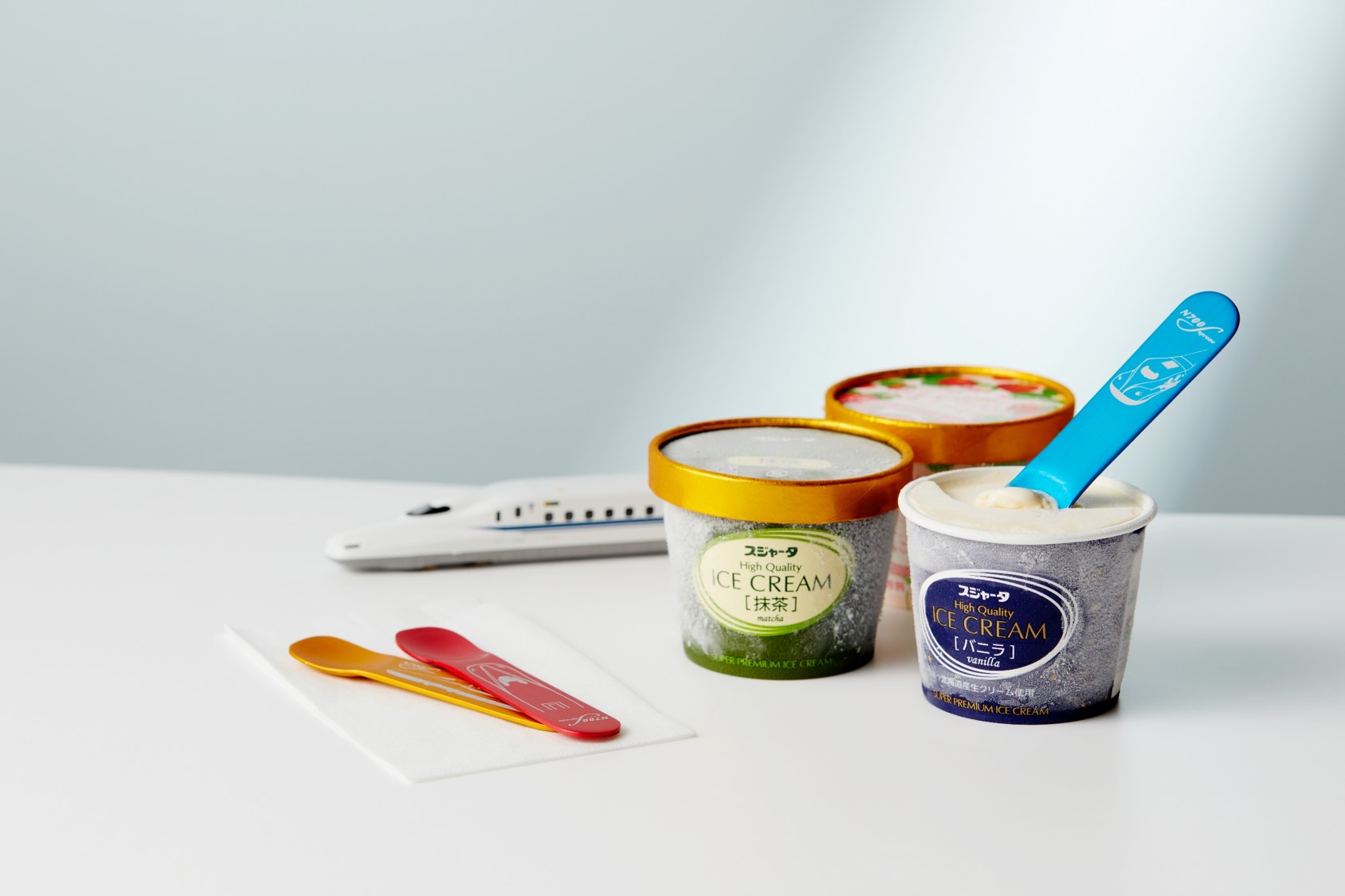
quote:https://www.jr-cp.co.jp/special/shinkansenicecream/
This iconic treat originated on the Tokaido Shinkansen and quickly became a sensation online. Nicknamed the “Super Hard Ice Cream” because it’s kept at lower-than-normal temperatures, it is famously difficult to eat immediately after purchase.
The nickname spread across the internet and eventually became the product’s official name. It remains one of the most beloved and talked-about items sold on Japanese trains.
For a full list of available onboard products, check here: Onboard Sales List
Note: Availability may vary, and items may sell out.
Summary
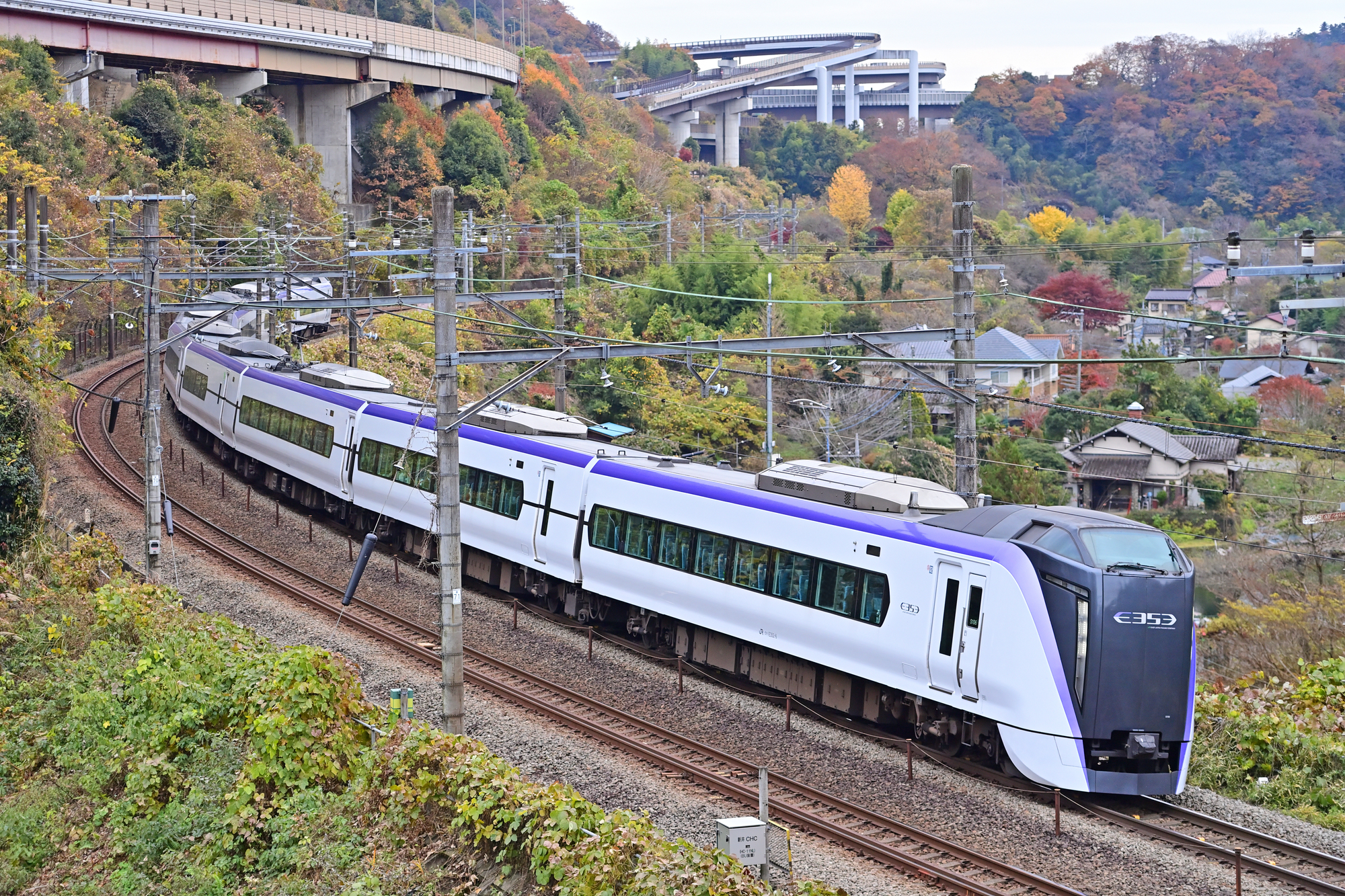
In this guide, we introduced the Kaiji and Azusa limited express trains.
These services are extremely popular with both domestic and international travelers thanks to their excellent access from Shinjuku to Otsuki in just about one hour. Tickets for reserved seats often sell out quickly, so booking in advance is highly recommended.
Please note that to reach Lake Kawaguchiko or Fuji-Q Highland, you will need to transfer at Otsuki Sta.
For more details on this connection, check out our dedicated article below.
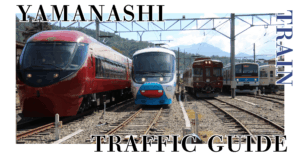
Recommended for You! Featured Articles You May Also Like
-

【Fuji Area】Narusawa Village, Yamanashi – Live Cameras, Weather & X
-


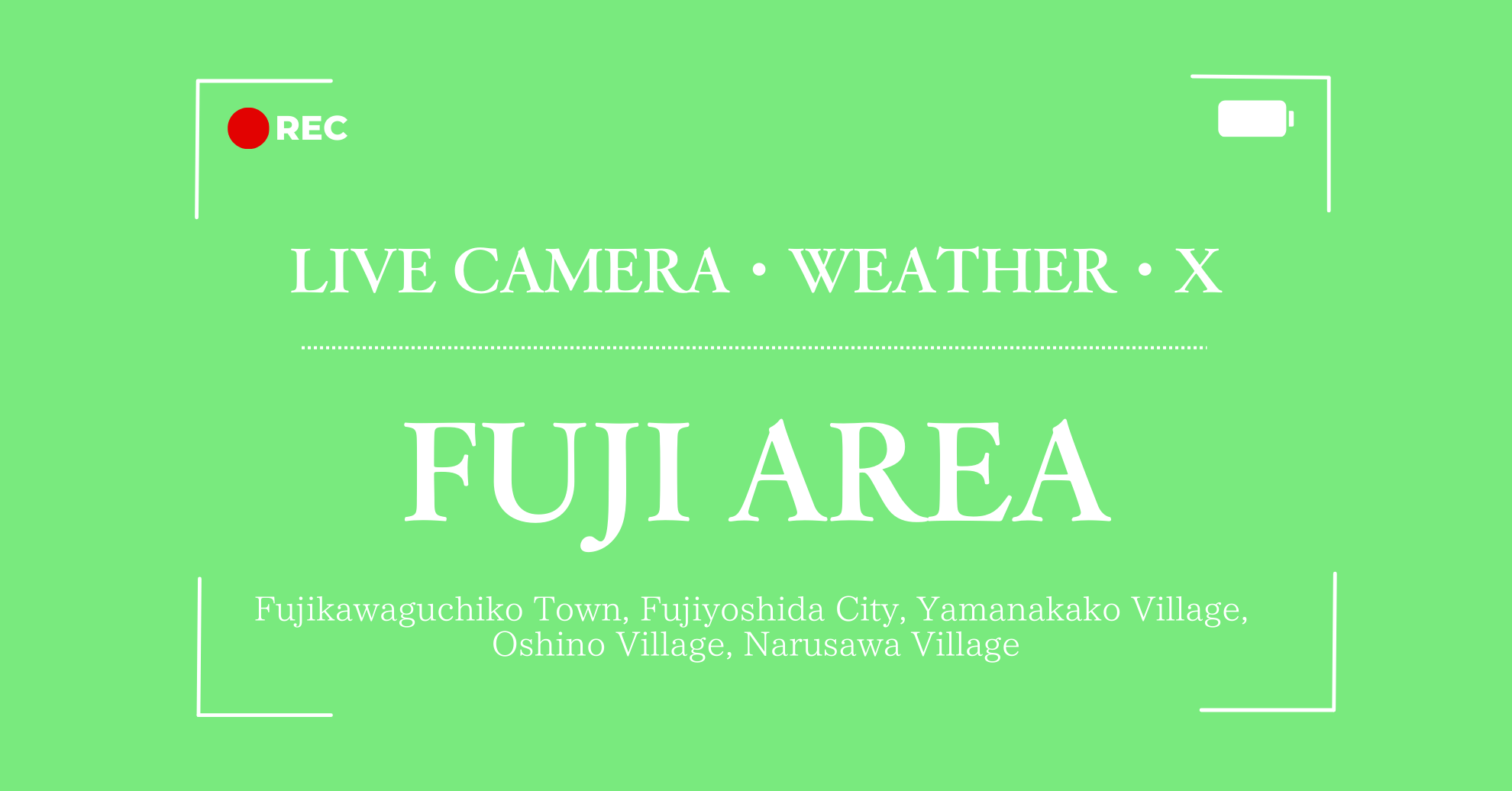
【Fuji Area】Yamanashi – Live Cameras, Weather & X【Complete Guide】
-


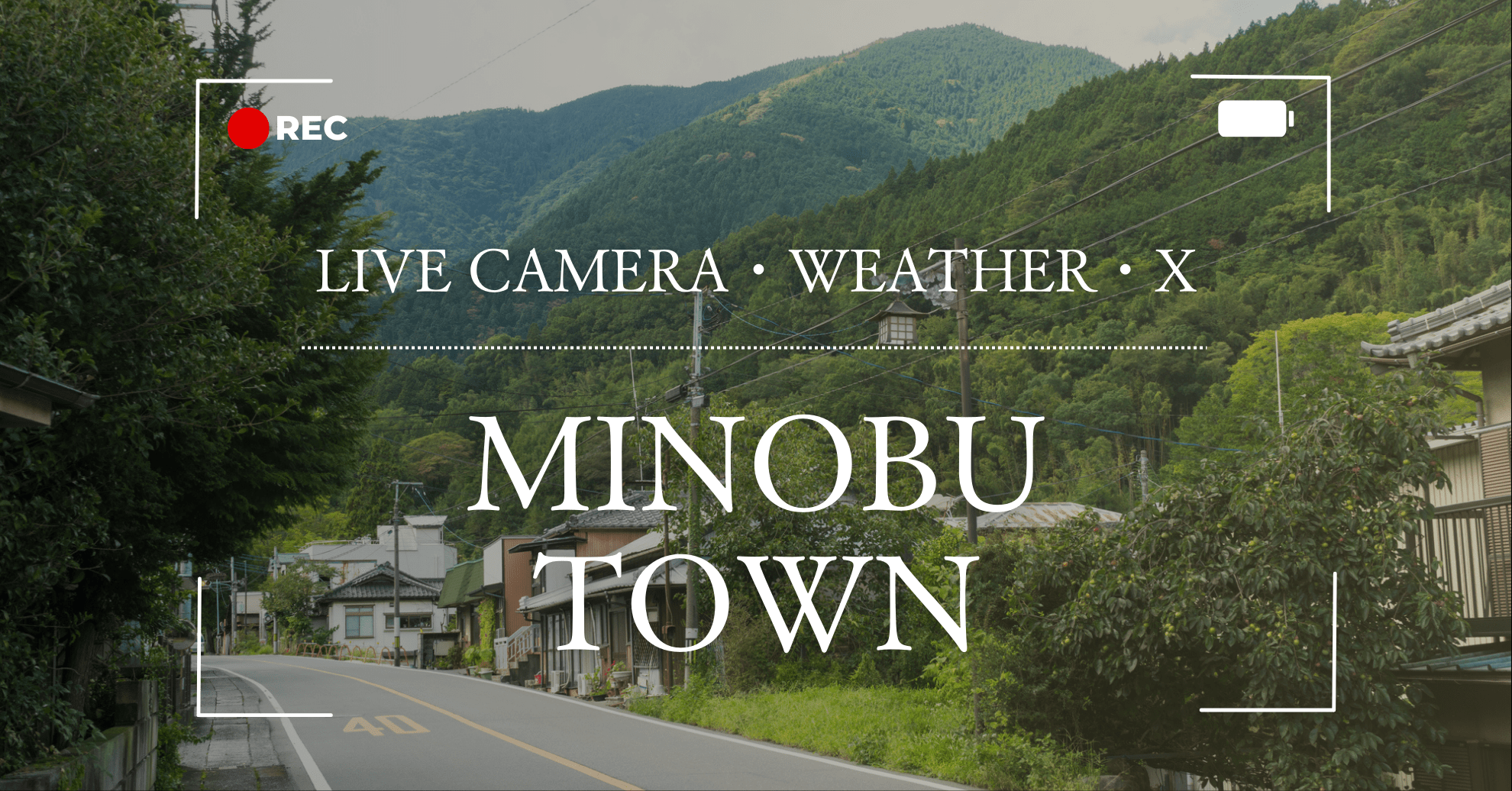
【Southern Area】Minobu Town – Live Cameras, Weather & X
-


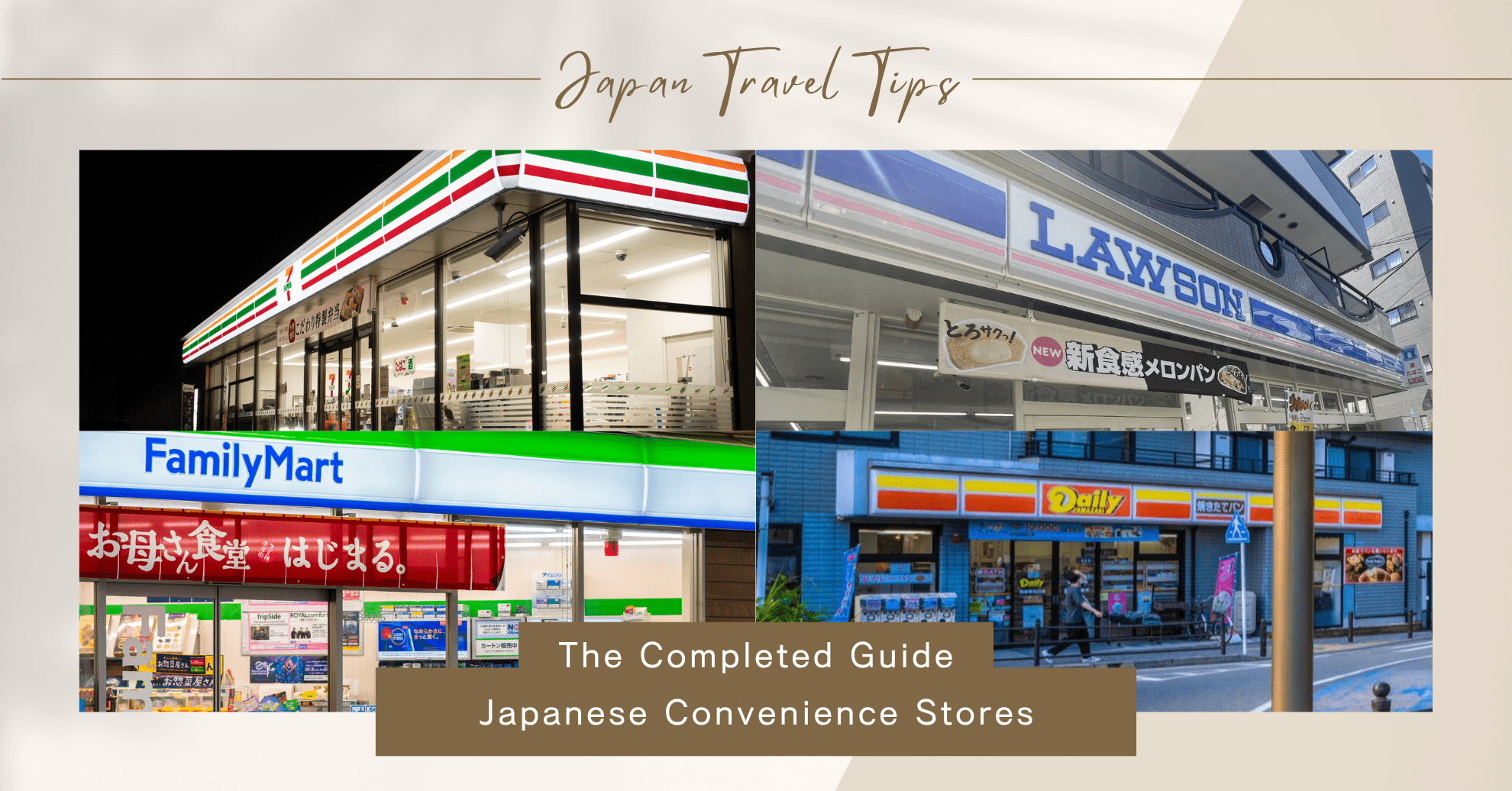
A Must-Visit Spot on Any Trip to Japan: The Complete 24-Hour Guide to Japanese Convenience Stores
-


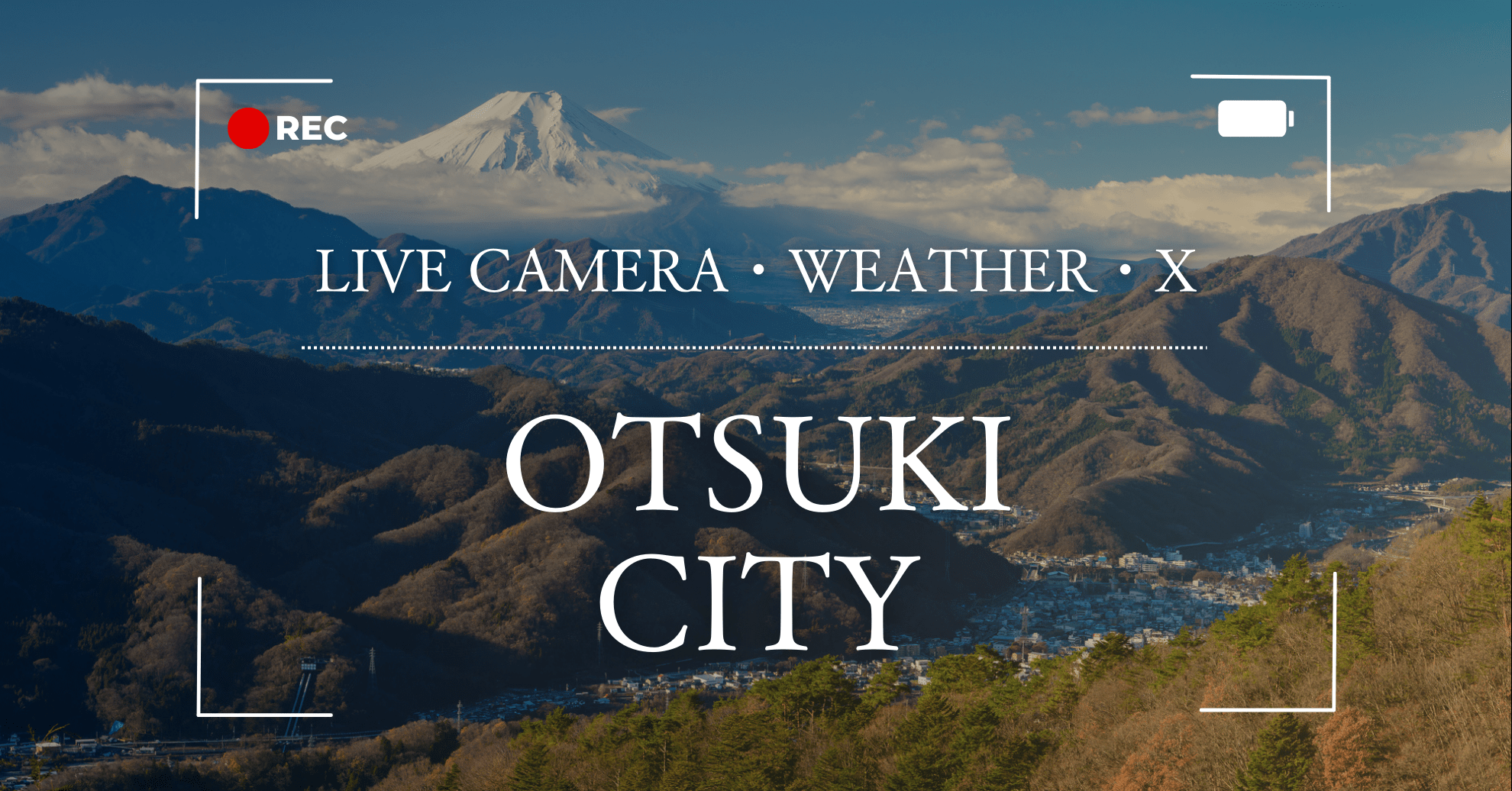
【Eastern Area】Otsuki City – Live Cameras, Weather & X
-


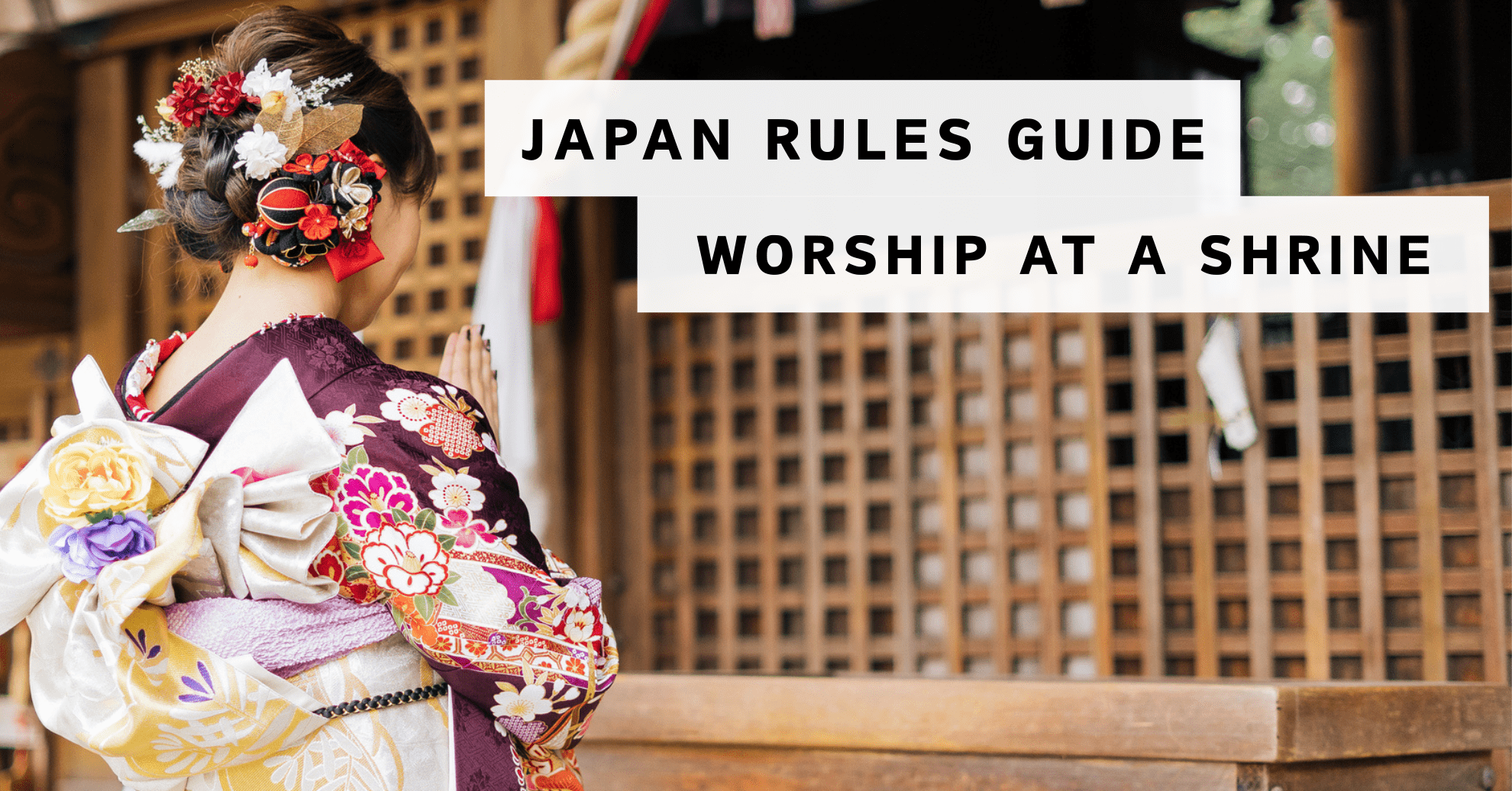
A Guide to Enjoying Shrine Visits in Japan | Basic Rules and Proper Way to Pray

